When a Performance Improvement Plan Could Help Your Employee
Turning Challenges into Growth Opportunities

Performance challenges are inevitable in any workplace, but how you address them can make a significant impact on employee growth and overall team success. A Performance Improvement Plan (PIP) is a structured approach that helps employees meet expectations and enhance their skills. When implemented correctly, a PIP can serve as a valuable tool for both employees and employers. Here’s when and how a Performance Improvement Plan could benefit your team.
When Should You Consider a Performance Improvement Plan?
1. When an Employee Shows Potential but Struggles with Performance
If an employee has the right attitude and skills but is struggling to meet expectations, a PIP can help identify specific areas for improvement while providing structured guidance and support.
2. When Performance Issues Are Identified Early
Addressing concerns proactively with a PIP can prevent long-term underperformance. If an employee has been missing deadlines or struggling with key responsibilities, early intervention can steer them toward success.
3. When the Employee Lacks Clarity on Expectations
Sometimes, performance issues arise from a lack of clear expectations or misunderstandings about job responsibilities. A PIP outlines specific goals, expectations, and steps to achieve them, ensuring alignment between the employee and employer.
4. When Coaching and Feedback Haven’t Yielded Results
If regular coaching and informal feedback haven’t resolved performance concerns, a formalized improvement plan provides additional structure and accountability.
5. When the Business Wants to Retain Talent
Instead of resorting to termination, a PIP offers employees the chance to improve and continue contributing to the organization. Retaining employees through structured support can be more cost-effective than recruiting and training new hires.
How to Implement an Effective Performance Improvement Plan
1. Clearly Define Goals and Expectations
A well-crafted PIP should outline specific performance expectations, key performance indicators (KPIs), and measurable goals. Be transparent about what success looks like and the timeframe for improvement.
2. Provide Support and Resources
Ensure the employee has the necessary tools, training, and mentorship to improve. Consider additional coaching, online courses, or shadowing experienced colleagues. Explore online training resources here.
3. Set a Realistic Timeline
A typical PIP lasts 30 to 90 days, depending on the complexity of the performance issues. The timeline should be reasonable, allowing enough time for measurable improvement.
4. Schedule Regular Check-ins
Ongoing feedback and progress assessments are crucial to a successful PIP. Schedule weekly or biweekly meetings to review improvements, discuss challenges, and provide additional guidance.
5. Document Progress and Adjust as Needed
Keep detailed records of the employee’s progress, including performance data and feedback from managers or mentors. If necessary, adjust the PIP based on new challenges or areas of concern.
6. Maintain a Positive and Supportive Approach
A PIP should not be seen as a punishment but as an opportunity for growth. Approach the process with encouragement, reinforcing the company’s commitment to the employee’s success.
What Happens After a Performance Improvement Plan?
At the end of the PIP, there are typically three possible outcomes:
- Successful Completion: The employee meets performance expectations and continues in their role with confidence.
- Partial Improvement: Some progress is made, but further support or an extended timeline may be necessary.
- Lack of Improvement: If performance does not improve despite support, termination or reassignment may be the next step. Understand legal considerations for employee termination here.
Final Thoughts
A well-designed Performance Improvement Plan is a valuable tool for addressing performance issues while fostering employee growth. By using a PIP strategically, organizations can retain talent, enhance productivity, and create a positive workplace culture. If you need guidance on employee performance management or hiring skilled finance and accounting professionals, our expert recruiters are here to help!











